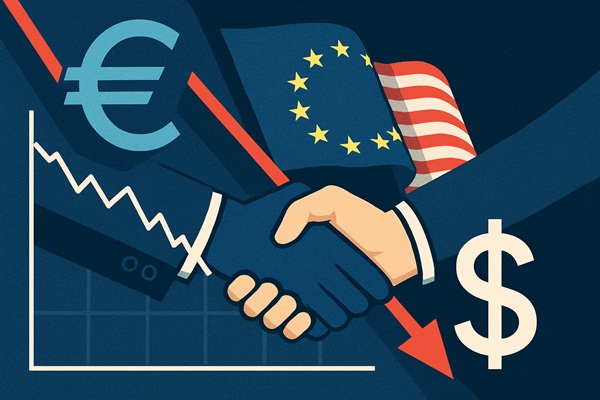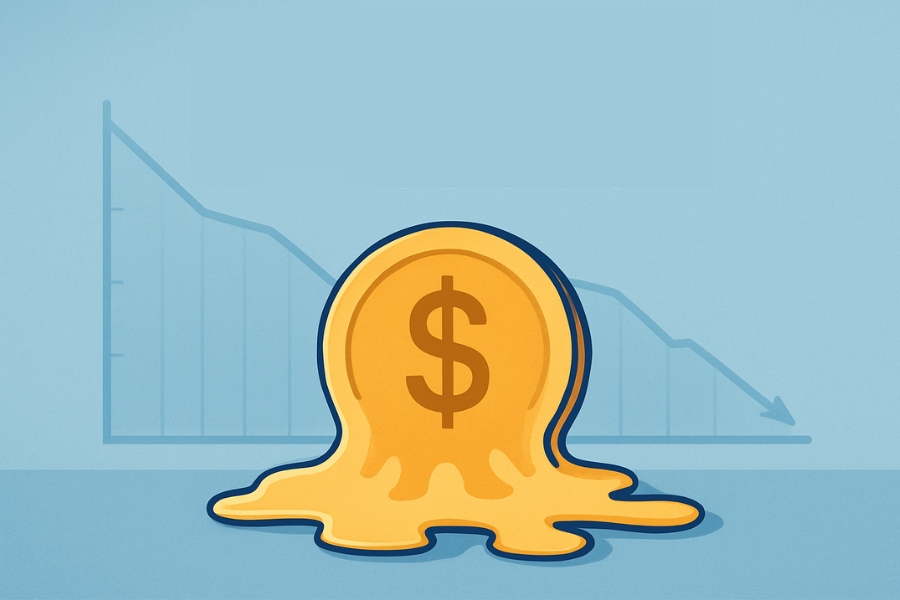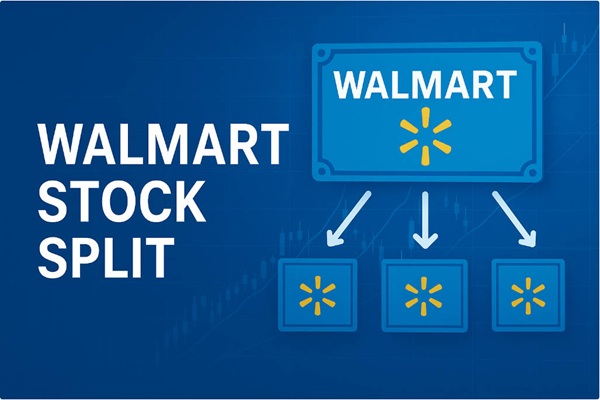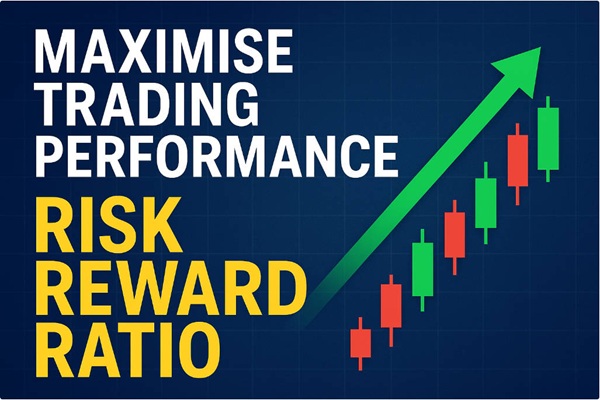A Sudden Shift in Sentiment
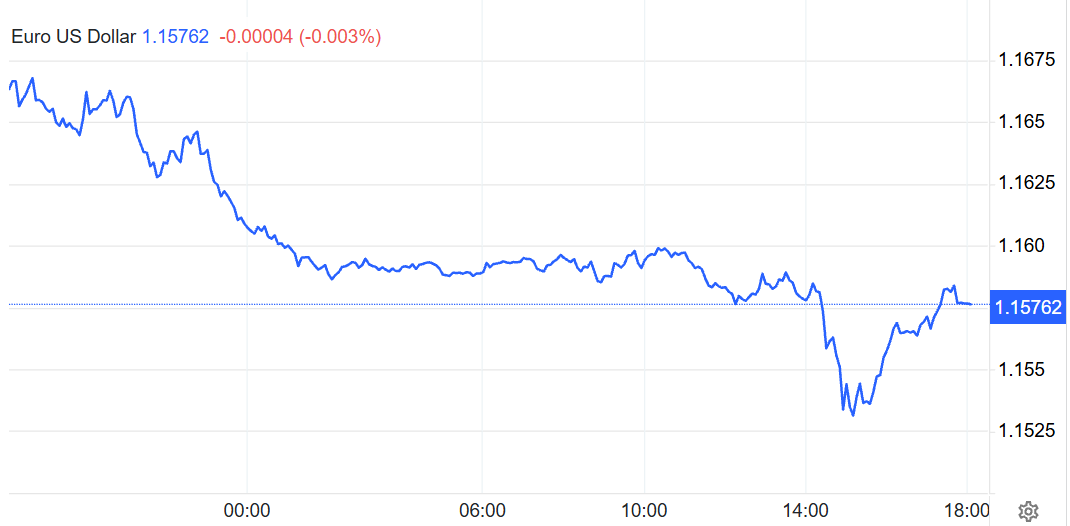
On 28 July, the euro suffered its most significant single-day loss since mid-May, with the EUR to USD exchange rate plunging by 1.30% to 1.1587. Simultaneously, the US dollar index surged by over 1%, highlighting a dramatic shift in market sentiment following the announcement of a high-profile trade deal between the United States and the European Union.
At first glance, the agreement appeared to mark a de-escalation in transatlantic trade tensions. However, upon closer scrutiny, investors and analysts uncovered a host of structural imbalances that may significantly undermine the long-term economic strength of the eurozone. As a result, the initial optimism quickly faded, giving way to concerns over Europe's future competitiveness and fiscal autonomy.
The Trade-Off: Growth vs. Peace
Under the terms of the new accord, the EU pledged to make significant concessions: a $750 billion commitment to buy US energy products, an additional $600 billion in American-bound investment, and substantial purchases of US military equipment. In exchange, the US offered a reduction of tariffs to 15%, albeit still a sharp rise from the pre-April 2 average weighted rate of approximately 1.5%.
This lopsided compromise sparked criticism, with many viewing it as a political and economic victory for former President Donald Trump. UBS estimated that these measures could knock 0.2% to 0.4% off the eurozone's economic growth over the next year—an outcome that would further pressure the EUR to USD rate.
Deutsche Bank echoed these concerns, warning that while the deal may have staved off a full-scale trade war, the EU's large-scale financial commitment to the US could impair its long-term growth capacity and weaken strategic independence.
Currency Markets React
In the short term, the EUR to USD currency pair faces increasing downside risks. While some fundamental support for the euro remains, analysts caution that macroeconomic and monetary dynamics are currently stacked against it.
Barclays analysts note that rising US tariffs could fuel inflation in the United States while depressing inflation within the eurozone. This divergence would widen the interest rate differential between the two economic blocs—especially if the European Central Bank is forced to cut rates, while the Federal Reserve maintains a wait-and-see stance. Such developments would naturally tilt the scales in favour of the dollar.
Moreover, as the euro becomes relatively more expensive compared to the dollar in real terms, its appeal as a general-purpose currency could wane further, adding to the pressure.
All Eyes on the Fed
The next key event likely to shape the EUR to USD trajectory is the Federal Reserve's upcoming rate decision. Markets are keenly watching for signs of a dovish or hawkish stance.
According to ING, if the Fed continues to resist political pressure to cut rates, the euro could remain under sustained pressure. Conversely, any softening of tone or indications of future rate reductions could offer temporary relief to the euro and support a short-term bounce.
Conclusion
The recent sharp decline in EUR to USD underscores a growing divergence in the US and European economic outlooks. While the US appears to be consolidating its geopolitical and economic advantages, the EU is taking on substantial commitments that may sap its future resilience.
Unless the eurozone can regain confidence through better growth prospects or more accommodative policy measures, the EUR to USD rate may remain under pressure, reflecting broader structural headwinds in Europe's economic model.
Disclaimer: This material is for general information purposes only and is not intended as (and should not be considered to be) financial, investment or other advice on which reliance should be placed. No opinion given in the material constitutes a recommendation by EBC or the author that any particular investment, security, transaction or investment strategy is suitable for any specific person.
